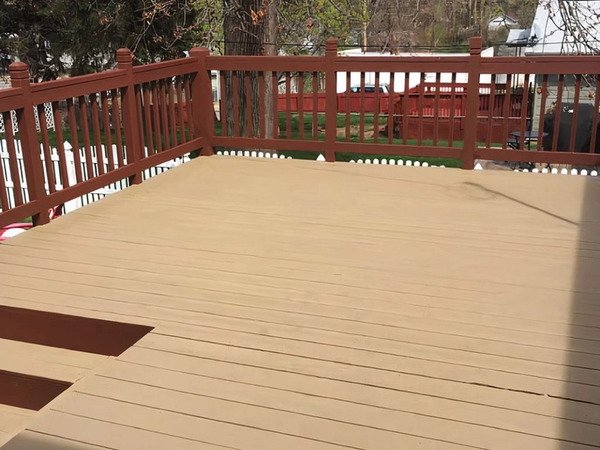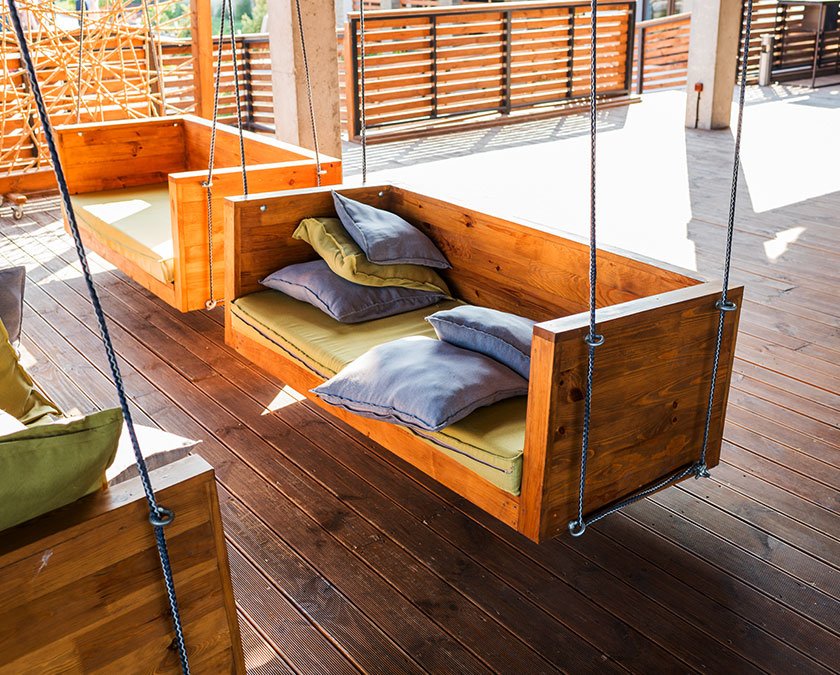From Decking To Railing, These Are The Materials We Recommend To Our Clients Around Sarpy County, Nevada

It’s easier to choose what works best for you when you know all the options. This is why it’s awesome that you’ret trying to find the best deck flooring!
In this post, you can discover the most popular deck flooring materials and railing materials. You can also find out the decking materials’ main pros and cons.
If We’re Getting A Deck…
“If we’re getting a deck it’ll take some research,” points out Robert.
Amber nods excitedly. “That’s the fun part for me! I’m going to create an amazing deck for us to relax on. I already know the cost to build a deck. Now I want to find out what the best deck building material is.”
Robert smiles. “Sounds good to me! Just let me know what you find out. I’m pretty curious. Oh, and the pricing too.” Amber nods absently as she focuses on digging through Google for answers.
Here’s what she digs up:
The Best Deck Flooring Material Options

The best deck flooring material is composite. It’s durable, low-maintenance, and customizable. You can also choose wood. The best deck wood materials are pressure-treated, cedar, and hardwood. They aren’t as costly or durable as composite, but there’s something nice about using real wood.
When it comes to deck railing materials, it mostly comes down to personal choice. Most clients of ours are choosing aluminum. You can also choose from composite or one of the types of wood or metal.
Composite Decking Material

We’re mostly building composite decks for clients now, for several reasons:
- While it’s the most costly, it basically lasts forever
- The warranty is between 25 years to limited lifetime
- Low-maintenance
- Quality product
- Can choose heat-resistant material
- Moisture-resistant
- Pest-resistant
- Rot-resistant
Clients often ask us if composite decking gets as hot as wood.
Wood Decking Materials

We mostly recommend one of these three kinds of wood for decks:
- Pressure-treated
- Most cost-effective
- Softer underfoot
- More prone to cracking (can take preventative measures)
- Cedar
- Natural
- Mostly rot and crack-resistant (still prone to damage from weather)
- Pest-resistant
- Moisture-resistant
- Looks and smells good
- Basically more costly because it’s natural instead of manmade
- Hardwood
- Most expensive
- Hard to source
- Difficult to work with
- Long-lasting if using the right preventative measurements
You May Also Like To Know
“Now, on to the next!” says Amber intensely. “Did you find a good resource?” asks Robert. “Yeah, I’m checking out the other posts right now,” she replies.
